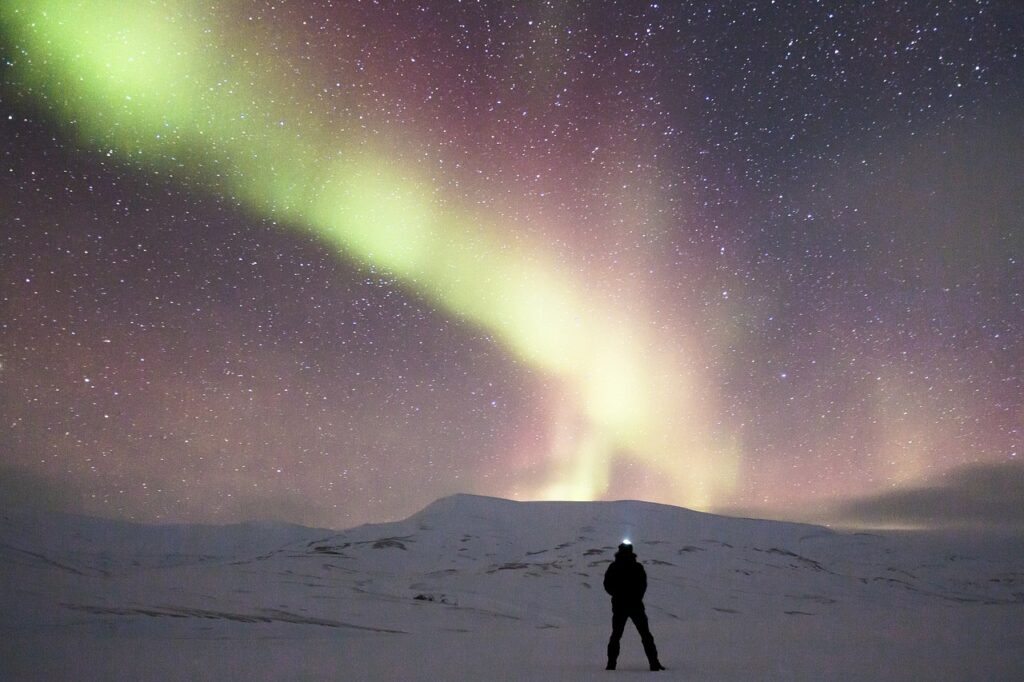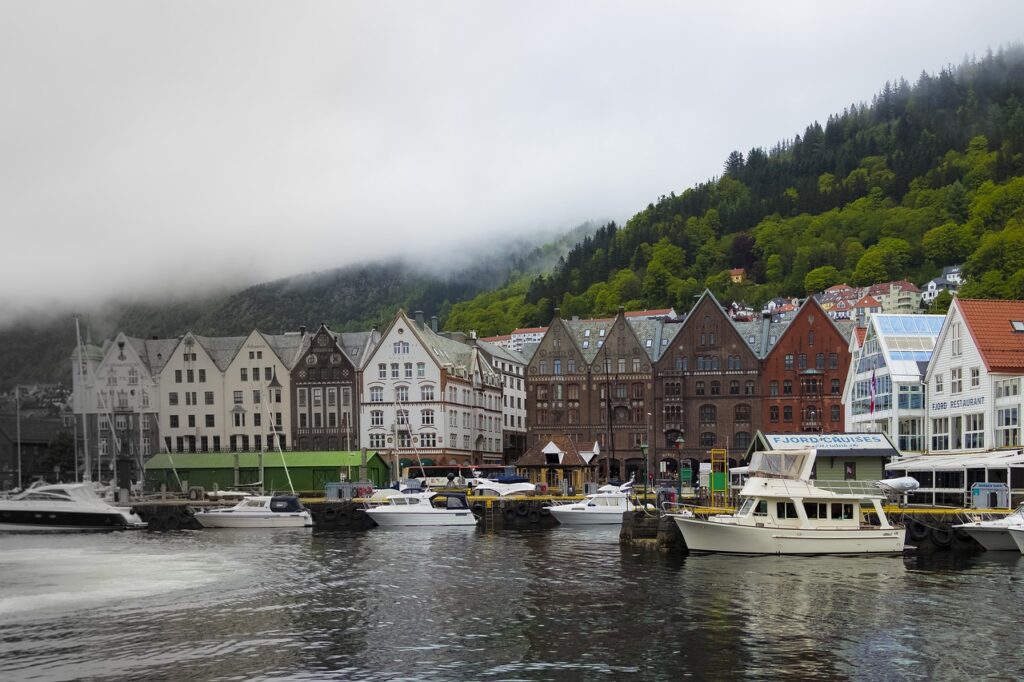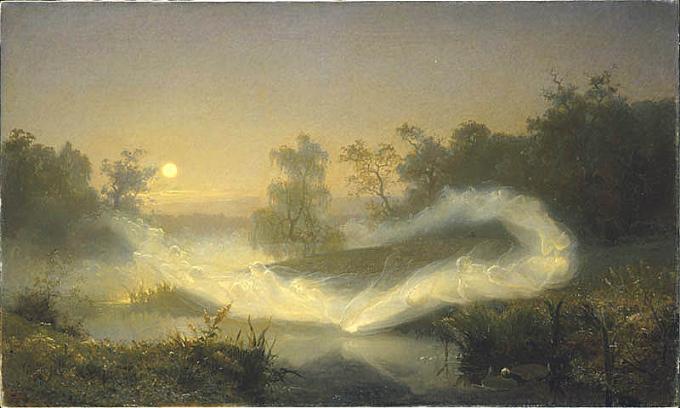In the pursuit of the ethereal dance of the Northern Lights in December, Scandinavia and the Nordic Countries emerge as the de facto hunting grounds. Among these, Tromsø, Iceland, Finnish Lapland, and Abisko stand as serious contenders, offering promising glimpses of the celestial phenomenon. In this article, we delve into the practicalities of Northern Lights hunting in these destinations, providing useful insights and recommendations for those eager to witness the enchanting display amidst the winter landscapes of the North. Northern Lights in December beckon, and we guide you through the best options for an unforgettable Arctic adventure. Tromso | Northern Lights in December Tromsø in December is an ideal haven for those enchanted by the allure of the Northern Lights. This Norwegian city, despite its substantial size, becomes an intimate Arctic retreat as the polar nights cast a mystical atmosphere, turning the streets into a canvas for celestial wonders. The cityscape, veiled in the enchanting glow of the polar twilight, crafts a distinctive ambiance akin to an extended sunset for a few hours each day. Tromsø’s Diverse December Palette December brings forth the sought-after spectacle of the Northern Lights, and Tromsø ensures a diverse array of activities for those seeking more than just the celestial dance. Actually, exploring the city becomes an adventure itself. The recommendations range from the serene Bibliotek to the thrill of reindeer sledding and the wonders of the Polaria Aquarium. However, the unpredictable weather may cloak the Northern Lights, making it imperative to secure a guided tour for optimal chances of witnessing this captivating phenomenon. Booking Your Northern Lights Experience in Advance Booking in advance is wise, as the demand for guided tours is substantial during this high season. Consider this recommended tour that maximizes your chances of encountering the Northern Lights amidst the enchanting backdrop of December. Our experience? The guide was not just skilled but a delightful companion—kind, patient, and with an uncanny knack for finding the perfect spot to catch the Aurora’s mesmerizing dance! Ensuring Your Arctic Experience with Advance Booking The city’s array of accommodation options further ensures a comfortable and memorable Arctic experience, making it an enticing choice for those chasing the Northern Lights in December. However, it’s advisable to secure your accommodations promptly, given the high demand during this season. Iceland | Northern Lights in December Iceland stands as an exceptional choice for those seeking the enchanting spectacle of the Northern Lights in December. While the prospect of witnessing this celestial dance is contingent on solar activity and cloud coverage, Iceland goes beyond mere stargazing, offering captivating alternatives to ensure your vacation remains thrilling even if the aurora remains elusive. Embracing Iceland’s December Magic Embrace the Christmas atmosphere, experience the charm of a less crowded Blue Lagoon, or revel in the winter wonderland landscapes that lend a different allure to Iceland’s already captivating scenery. All the while, the accommodations and rentals are significantly more budget-friendly in December than during the summer. Safely Exploring December’s Northern Lights in Iceland In the quest for the Northern Lights in December, Iceland presents favorable conditions. Indeed, the dance of lights in the dark winter sky is a mesmerizing possibility, and your best companion on this celestial journey is a guided tour. These seasoned guides, equipped with insights into optimal vantage points, enhance not only your chances of encountering the aurora but also ensure a safer exploration of Iceland’s winter wonders. For those considering this venture, we recommend this guided tour that maximizes your chances of experiencing the Northern Lights safely amid Iceland’s winter splendor. Staying Informed for a Safe Journey Despite not being characterized by extreme cold, December in Iceland poses weather-related challenges. To navigate this winter landscape safely, it’s crucial to familiarize yourself with the conditions. Keep informed about Icelandic winter conditions using resources like SafeTravel to ensure a safe and enjoyable journey. Finnish Lapland | Northern Lights in December Finnish Lapland emerges as a promising choice for those eager to witness the Northern Lights in December. However, like anywhere else globally, the Aurora remains an elusive marvel, making it unwise to hinge your entire trip on catching its luminous display. Instead, view the Northern Lights in December as a delightful bonus to an Arctic adventure. Rovaniemi Northern Lights Rovaniemi, the vibrant city in Finnish Lapland, stands out as an excellent base for Northern Lights enthusiasts. The city not only offers many exceptional Northern Lights guided tours, such as this one, starting from Rovaniemi, but also presents a myriad of alternative activities if the aurora remains elusive. The iconic Santa Claus village, especially around Christmas, adds a touch of festive magic, attracting numerous tourists with its charm. Saariselkä Northern Lights For those seeking a more immersive Northern Lights experience away from the crowds, Saariselkä stands out as a compelling option. Located further north in Finnish Lapland, Saariselkä increases your chances of spotting the Aurora clearly and brightly. This serene locale offers a peaceful escape into Finnish nature, providing an ideal backdrop for Northern Lights expeditions. Although the options may be fewer than in Rovaniemi, Saariselkä boasts beautiful and cozy accommodations, ensuring a satisfying stay. Nature lovers, in particular, might find this to be the perfect choice. Book a guided tour now to navigate safely toward the Northern Lights, securing your chance to witness this celestial spectacle in the pristine beauty of Finnish Lapland. Abisko | Northern Lights in December In December, Abisko is a prime destination for those seeking the ethereal dance of the Northern Lights. However, it’s imperative to grasp the harshness of the Arctic winter. In fact, the temperatures plunge to bone-chilling levels, accompanied by relentless snow and biting winds. Confronting Winter Challenges in Abisko Visitors, even those accustomed to cold climates, are well-advised to layer up with insulating clothing, ensuring water and wind-resistant gloves. Merino wool, particularly in the form of a whole-body base layer, proves a formidable ally against the unforgiving elements. Also, navigating the icy roads demands a unique skill set, and unfamiliarity with winter driving can









